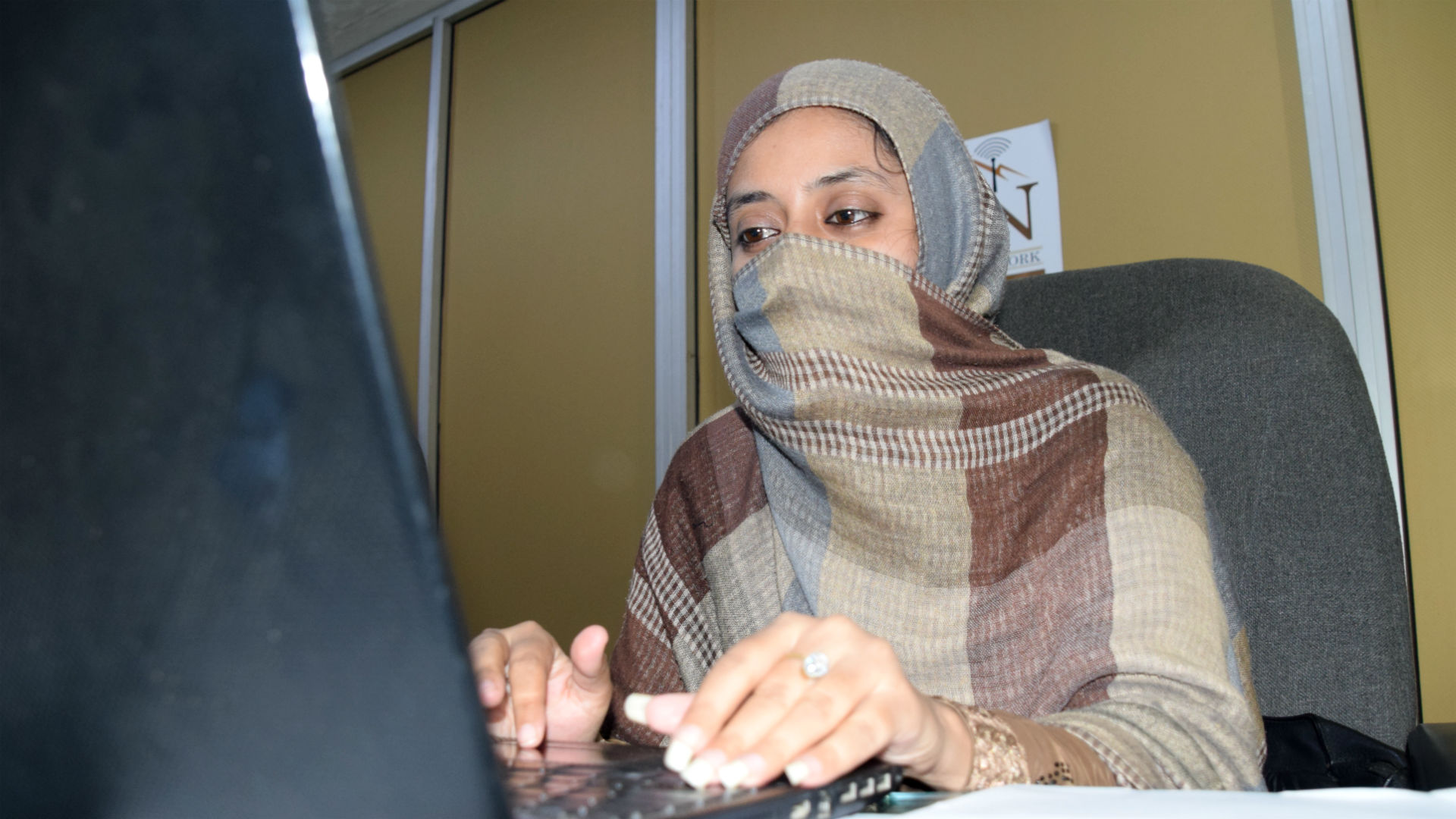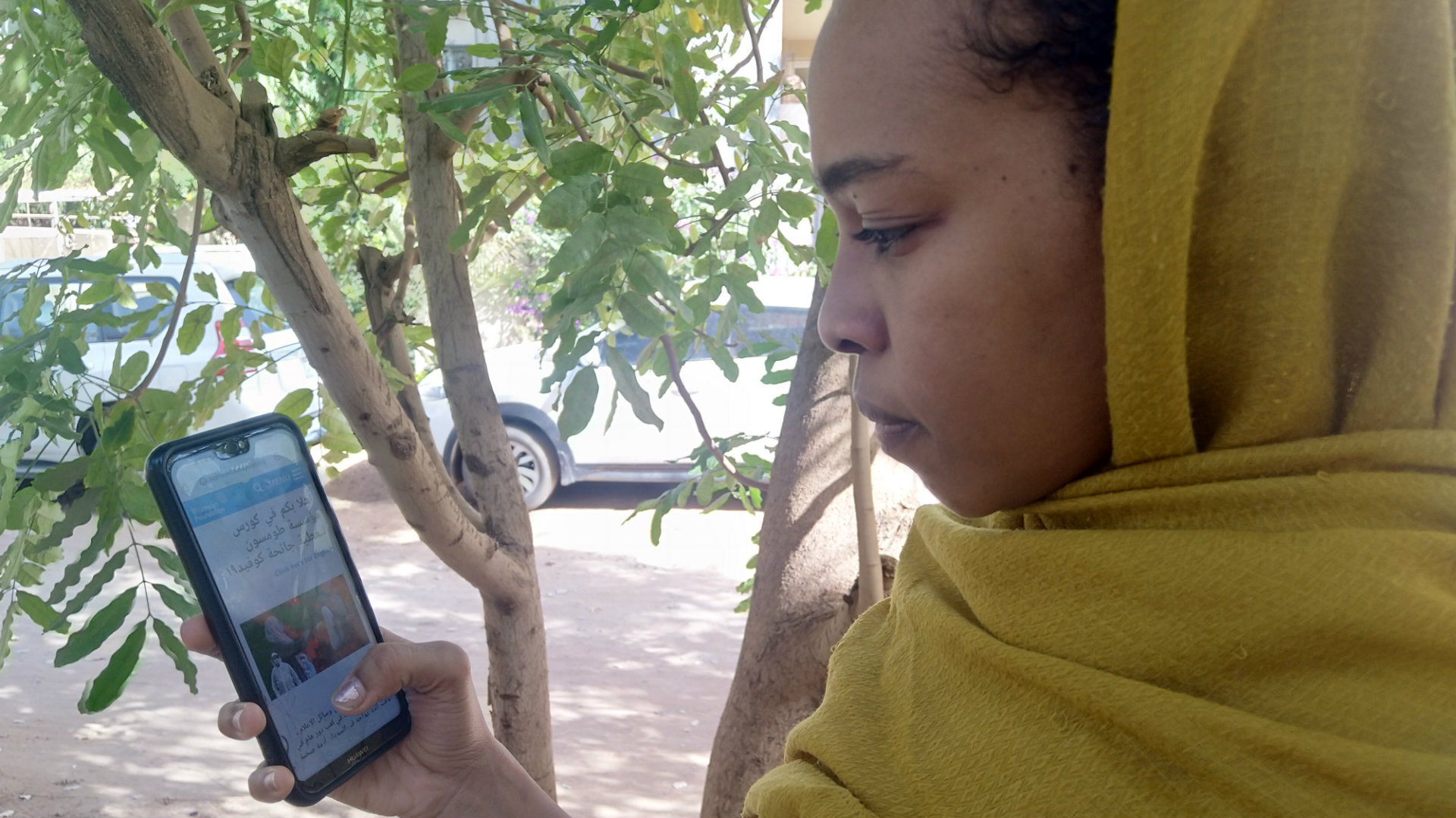Grounded by coronavirus: The challenges of virtual practical training
Grounded by Covid-19, our trainers have been learning new skills to be able to impart their expertise to their journalist trainees with promising results.
Thomson Foundation trainer Nick London would normally travel to Al Jazeera’s training centre in Doha, Qatar to train journalists in face to face workshops.
But since March 2020, his courses have been conducted via video conferences. Here he explains how he has been able to adapt his training to the virtual world in this case a recent workshop about investigative journalism and filmmaking techniques.
How did you go about adapting previous in-person workshops to e-learning/virtual classes?
The main challenge was condensing an intensive two-week course combining classroom learning and practical exercises in the field into three days. Previously there had been an emphasis on participation and engagement, which I tried hard to maintain during the e-learning/virtual classes.
How did it work in practise?
In terms of the main practical exercise, participants were split into small teams and invited to come up with a film idea, which they then developed over the three days. Previously this would have involved some actual filming but now given the constraints, all course members were working from home. It involved a discussion and understanding of the various issues and challenges they would face together with the research methods they would use.
Who were the participants?
The three-day course, four hours each day, were made up of seven to ten participants drawn from journalists and production staff across Aljazeera – news, documentaries and online. There were various levels of experience from those who already had several film credits to others starting out as assistant producers.
What worked and what didn’t?
Adapting the course into virtual class using Zoom but still using many of the previous elements including practical exercises was successful. Overall there seemed to be a high degree of engagement and participation.
But as a recent convert to Zoom (my first experience was in running the family quiz during lockdown!) using the many various elements available – Powerpoint, video clips from various sources, practical exercises and breakout rooms – was pretty daunting. At times I felt myself on a very steep learning curve!
How did you overcome "Zoom fatigue"?
I had been advised to ‘break-up’ the workshop into 10-minute chunks – using a mix of the various available media without making it feel too "scattergun". Even within the e-learning environment, I tried to maintain regular discussions and interaction with the participants.
Were there moments you sensed you were losing your audience and acted successfully to re-engage it?
I think it’s inevitable that there are occasions when the participants start to ‘flag.’ For a start the course was taking part in the afternoon in Qatar, after several of the course members had already been working. In those circumstances as the course trainer, I would break off from speaking and would divert attention either onto a group discussion or a video clip from a documentary.
What did the e-workshops achieve?
Hopefully, to give the participants a grounding in the key skills and methods required for investigative journalism and film making. So far the feedback has been extremely positive.
How did it compare with previous face to face courses?
This was a pretty intensive three-day course combining many of the features of the previous workshops. There’s no doubt that squeezing in 10 days of learning into three four-hour sessions is a challenge, but the advantage is that there is always something happening.
Is it possible to introduce a practical element to these e-workshops?
The short answer is ‘yes’. While sending out participants into the field to make their own films or reports may not be viable, there are a variety of ways to introduce practical elements. The best example is research, which can be done using the internet from the workplace or home office. This doesn’t just apply to journalistic research but in, say, preparing for interviews – working out just who to talk to, framing the questions and having some sense of what the responses are likely to be.
How effective is this practical work within the confines of an e-workshop?
Personally, I think it is essential. E-workshops can be pretty intensive both for those taking part and for the trainer. Asking anyone to concentrate on the screen – whether it’s on Zoom or Teams or some other method – for more than 10/15 minutes is risking losing the audience. Minds tend to wander, concentration lapses, and teaching and learning becomes much less effective. Having a practical element is one of several devices that gives everyone a chance not just to put into practice what they are learning but also breaks up the presentation.
As you get more involved in this virtual world of training what tips would you give fellow trainers?
Work out in advance what elements of your e-workshop can be done practically – maybe as a way of adding to the ‘mix’ of how you teach but also to reinforce what you are teaching. Don’t think that the practical element need necessarily simply be a matter for individuals – sometimes putting participants into small groups and asking them to come up with a solution for a particular issue or theme can also be rewarding.
What about future?
While initially I had some apprehension about my ability to handle the technology and just how to keep the learning stimulating, I can see many advantages in this type of learning. For a start, e-workshops such as these reduce the need for either the traditional classroom or trainer to be in the same physical location. That means learning becomes completely transportable. All that’s required is an internet connection!


